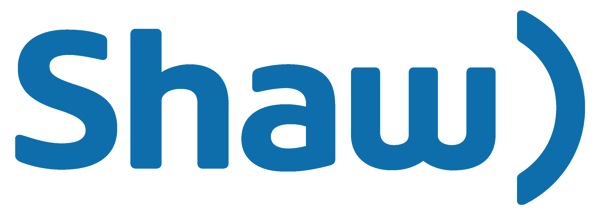
Shaw-WIND Network Has “Catching Up To Do” vs Big 3: OpenSignal
Shaw dropped a bombshell yesterday evening, when it announced that it will acquire Wind for $1.6 billion. In fact, the company has finally made the move it was expected to seven years ago, when it acquired wireless spectrum in a public auction. The company CEO Brad Shaw said in an interview yesterday, “wireless was a missing piece,” and since the Canadian telecom landscape is quickly evolving towards “mobile-first” products, it was the right thing to do.

By acquiring Wind, Shaw has immediate scale, spectrum, retail distribution, and a network “with a clear path to LTE” that complements the company’s existing fibre and WiFi infrastructure.
Actually, Shaw had wireless 4G spectrum, but it recently sold it to Rogers, so the deal doesn’t give the company access to a 4G network in the area where Wind has coverage — Wind recently announced that it would build its own LTE network, but customers will need to wait about 18 months to experience the change.
Since Wind runs a 3G HSPA+ network in the aforementioned areas, it can compete against the Big 3 with 3G services only. Unfortunately for Wind, real-world tests don’t favour the carrier. OpenSignal compared Wind’s 3G network to its competitors and found it to be on the slow side: Wind customers connected to its HSPA+ network at an average speed of 2.4 Mbps, while all three of Canada’s nationwide operators averaged speeds greater than 3 Mbps, the OpenSignal notes, based on data collected over a three-month period from September to November 2015:
• Wind: 2.4 Mbps
• Rogers: 3.1 Mbps
• Telus: 3.4 Mbps
• Bell: 4.0 Mbps
In other words, Shaw has a “lot of catching up to do if it wants to match the data performance of Canada’s major mobile providers,” OpenSignal concludes.

